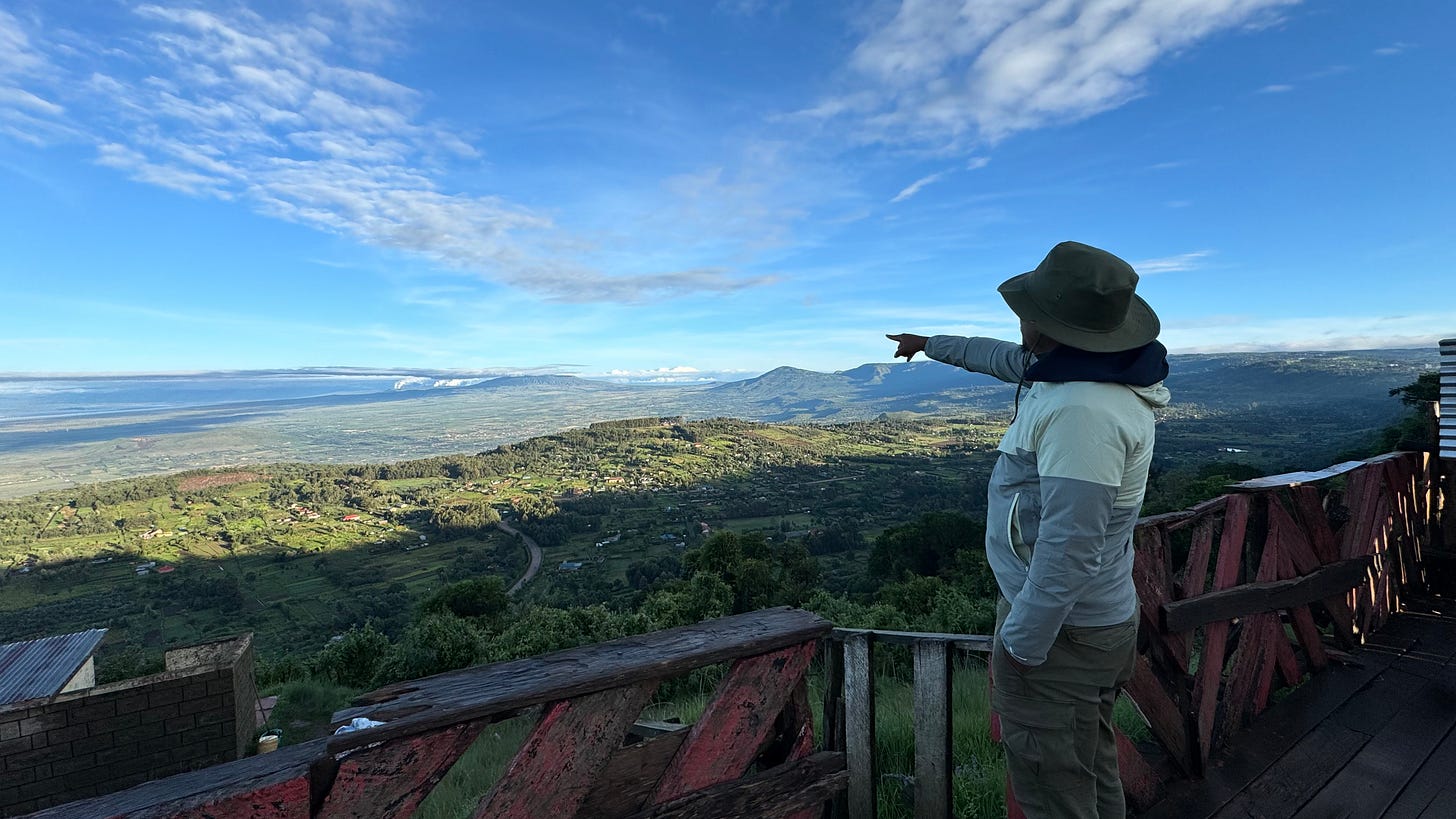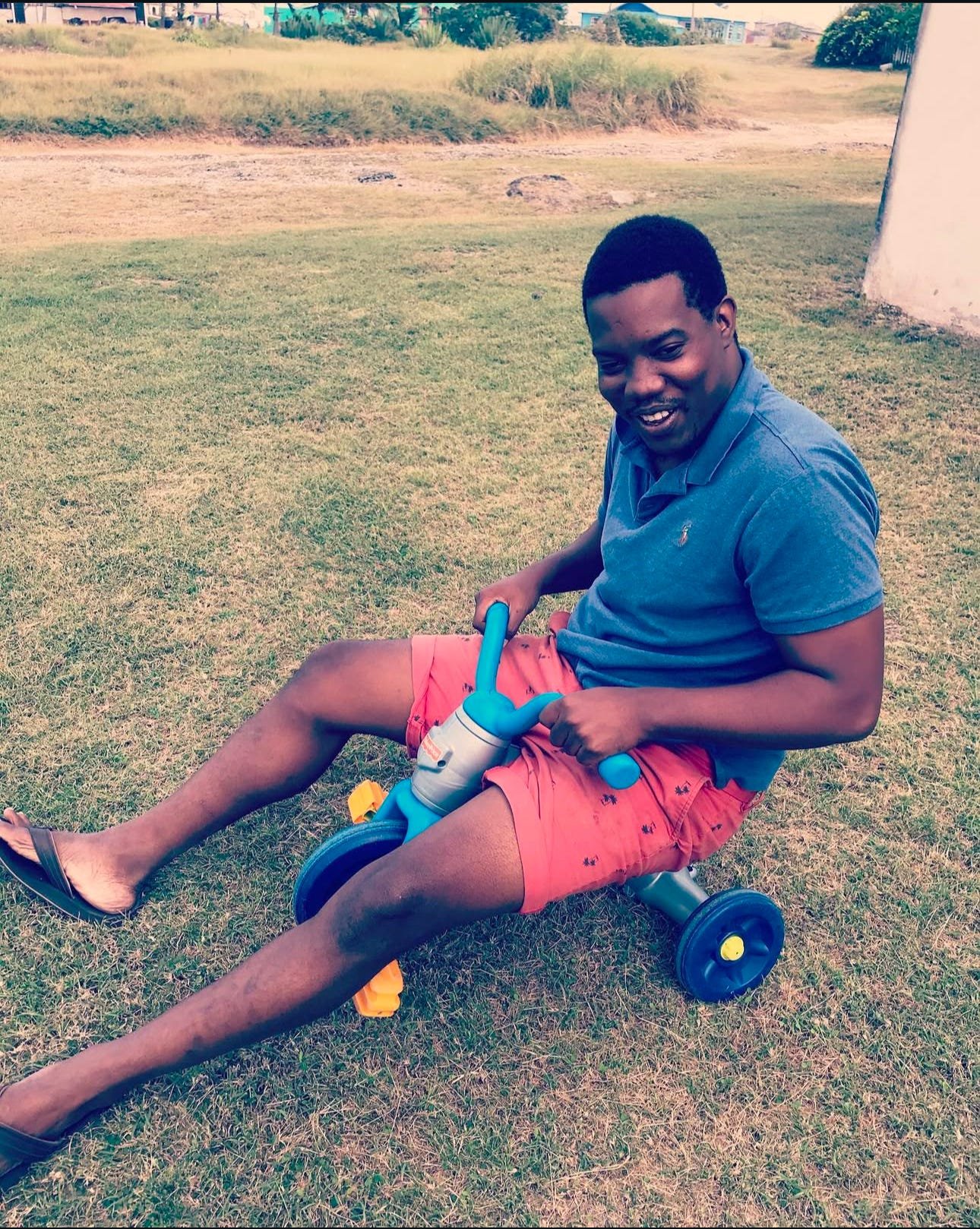HIGHLIGHT
A few years ago, I was sitting in a Texas airport, exhausted and eager to board my flight home. The gate agent picked up the mic to announce boarding, and just as passengers began lining up, another American Airlines employee came sprinting through the terminal, frantically signalling her to stop.
Confused whispers filled the waiting area as the two employees exchanged urgent words. The agent at the mic went through a million emotions—shock, confusion, frustration—before finally making an announcement I had never heard before (and haven’t heard since):
“Ladies and gentlemen, unfortunately, we have to delay boarding for this flight… we cannot find the captain.”
Laughter. Disbelief. More waiting. Then, another announcement:
“Ladies and gentlemen, I have good news and bad news. The good news? We found the captain. The bad news? He’s not in the airport… but he’s on his way.”
More shock. More laughter. More bewilderment. Eventually, the captain arrived, and we took off. But that moment stuck with me because it carried a powerful lesson—one that’s relevant as we begin this series on C.H.E.C.K Ya Self!
-
The crew was ready. Trained, prepared, and in position—but with no captain, they couldn’t move.
-
The plane was ready. Fueled, fully equipped, and built for the journey—yet it sat still.
-
The passengers were ready. Checked in, waiting to board—but without a captain, they had nowhere to go.
-
Other pilots were present. Capable and qualified, but none of them were the captain for this flight.
Everything was in place for takeoff—except for the one who was meant to lead.
So, let me ask you… in your life, your career, your purpose—are you waiting for a captain, or are you stepping up to be the one?
It’s time to C.H.E.C.K Ya Self! Let’s get into it.
INSIGHT
I want to use this story as an illustration of a truth that often gets ignored: Self-leadership is the most effective pathway to true success and significance.
Leadership isn’t just about guiding teams, managing businesses, or inspiring others—it starts with leading yourself. And if I’m honest, even though I have led people and projects locally, regionally, and globally, the most difficult person I have ever had to lead is me.
Why? Because self-leadership requires discipline when no one is watching, courage when no one is encouraging, and accountability when excuses feel justified. It’s about making the hard choices, setting the right priorities, and showing up—even when I don’t feel like it. It’s about ensuring my words and actions align—consistently.
That’s where C.H.E.C.K. comes in.
This framework isn’t just a concept—it’s a call to action. It’s a system I developed to help me stay aligned, accountable, and on track as I lead my own life with intention toward purpose fulfillment and the maximization of my potential. Since it has been working for me, I want to share it with you.
Because just like that flight, everything in your life can be in place—your skills, resources, opportunities—but if you’re not willing to sit in the pilot’s seat, nothing moves.
Over the next few weeks, we’ll break down how to use C.H.E.C.K. to keep yourself in check. Because when you take ownership of your journey, you don’t just get on the plane—you fly it.
IGNITE
As we begin this journey, I want to challenge you to take a deep, honest look at yourself by doing a personal SWOT analysis. This simple yet powerful exercise will help you assess where you are right now so you can lead yourself more effectively moving forward.
A SWOT analysis is a strategic tool used by businesses, but it’s just as valuable for personal growth. It helps you identify your Strengths, Weaknesses, Opportunities, and Threats, giving you clarity on what’s working, what needs improvement, and where you can take action.
How to Do It:
Find a quiet moment, grab a notebook (or open a notes app), and write down your reflections under these four areas:
1. Strengths – What are you good at?
These are your natural abilities, skills, and personal qualities that give you an edge. Think about:
-
What do people often celebrate you for?
-
What comes easily to you that others struggle with?
-
What personal traits help you succeed?
Example: I am a communicator and can inspire people with my words.
2. Weaknesses – What’s holding you back?
These are areas where you struggle or habits that hinder your progress. Be honest but not self-critical. Consider:
-
What do you avoid because it’s difficult?
-
Where do you lack discipline or consistency?
-
What habits or fears slow you down?
Example: I struggle with procrastination and often second-guess myself. I find it hard to say no, which leads to burnout or being ineffective.
3. Opportunities – What could you take advantage of?
Opportunities are external factors that could help you grow or move forward if you take action. Look at:
-
What resources, connections, or skills could you leverage?
-
Are there new trends or chances that align with your goals?
-
Who in your network could support or mentor you?
Example: There’s a leadership program I could join to develop my skills. A mentor recently offered to guide me, but I haven’t followed up yet.
4. Threats – What challenges or risks do you face?
Threats are external obstacles or internal mindsets that could hold you back. Consider:
-
What distractions or bad habits could derail your progress?
-
Are there external challenges (work, family, finances) affecting your growth?
-
What fears or doubts keep you from stepping up?
Example: I have Sickle Cell Anemia, if I don’t take care of my health I am at risk of being to sick to even pursue my goals.
Take Action:
Write your SWOT analysis somewhere you can refer back to throughout this series. As we move forward, you’ll gain tools to strengthen your leadership, tackle weaknesses, seize opportunities, and overcome threats.
Your challenge: Set aside 10-15 minutes today to complete this exercise. You must know you to lead you.
Let’s get to work—check ya self before ya wreck ya self.







